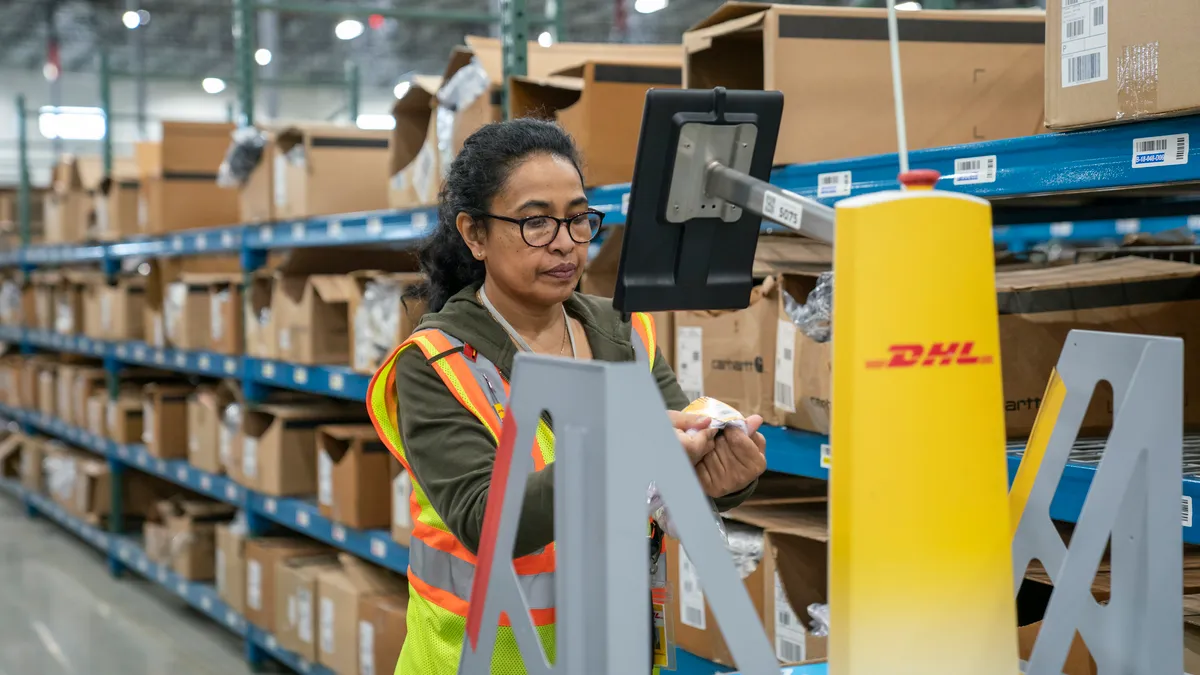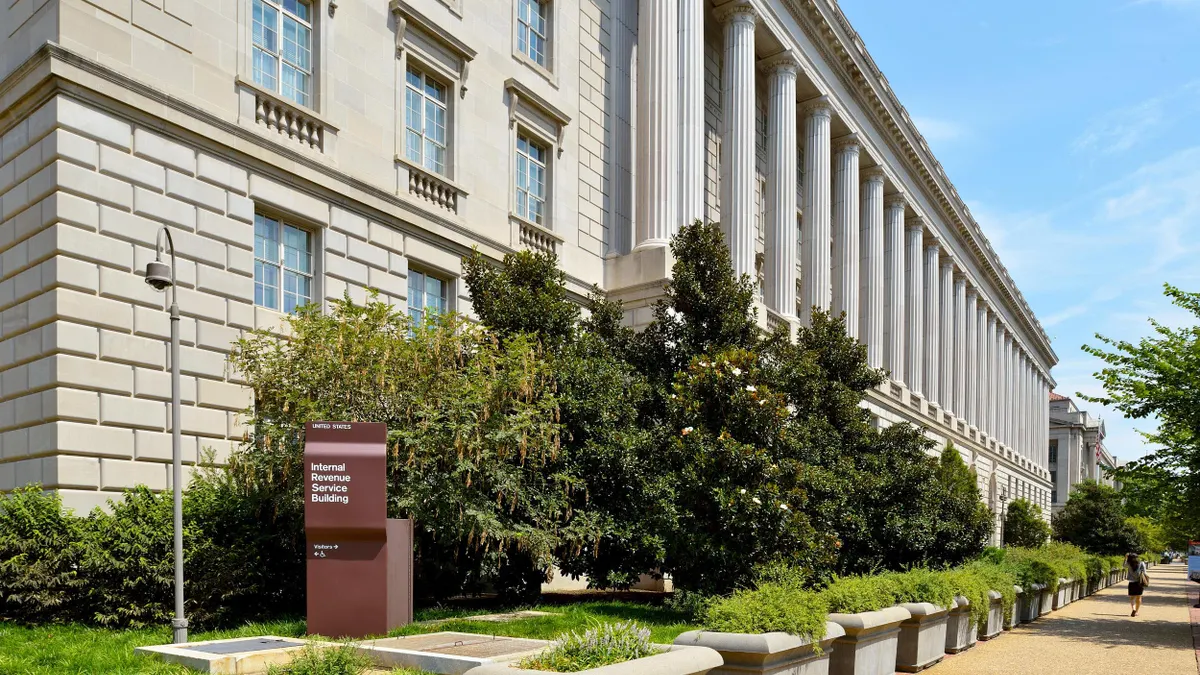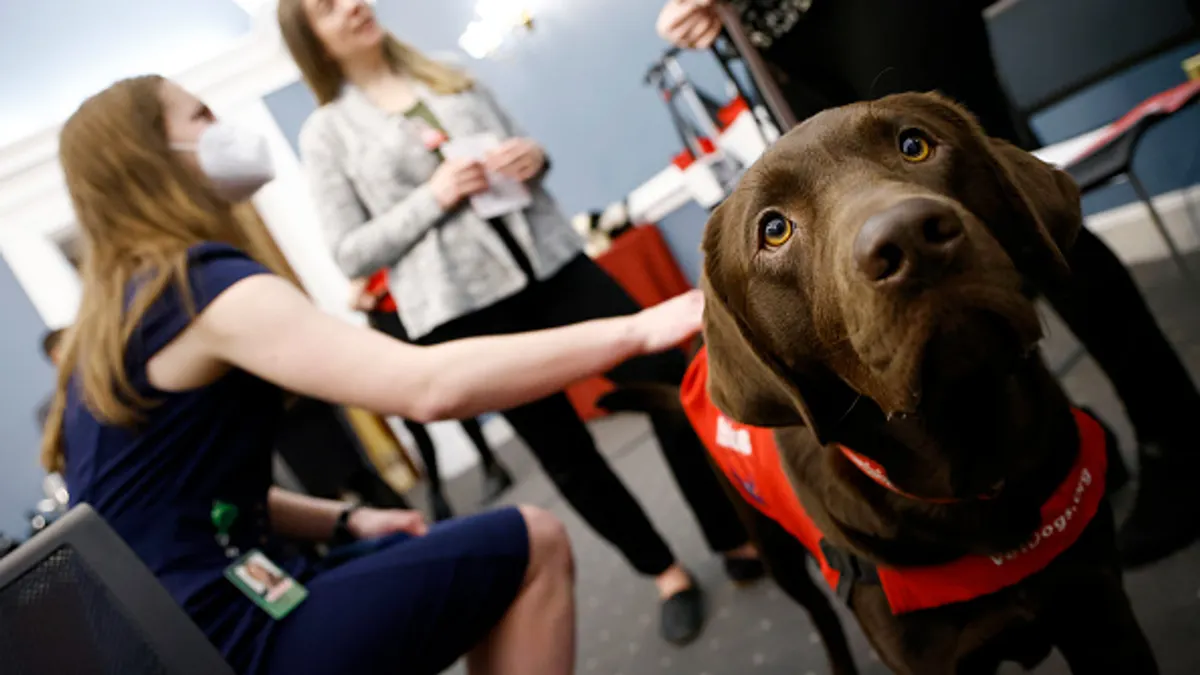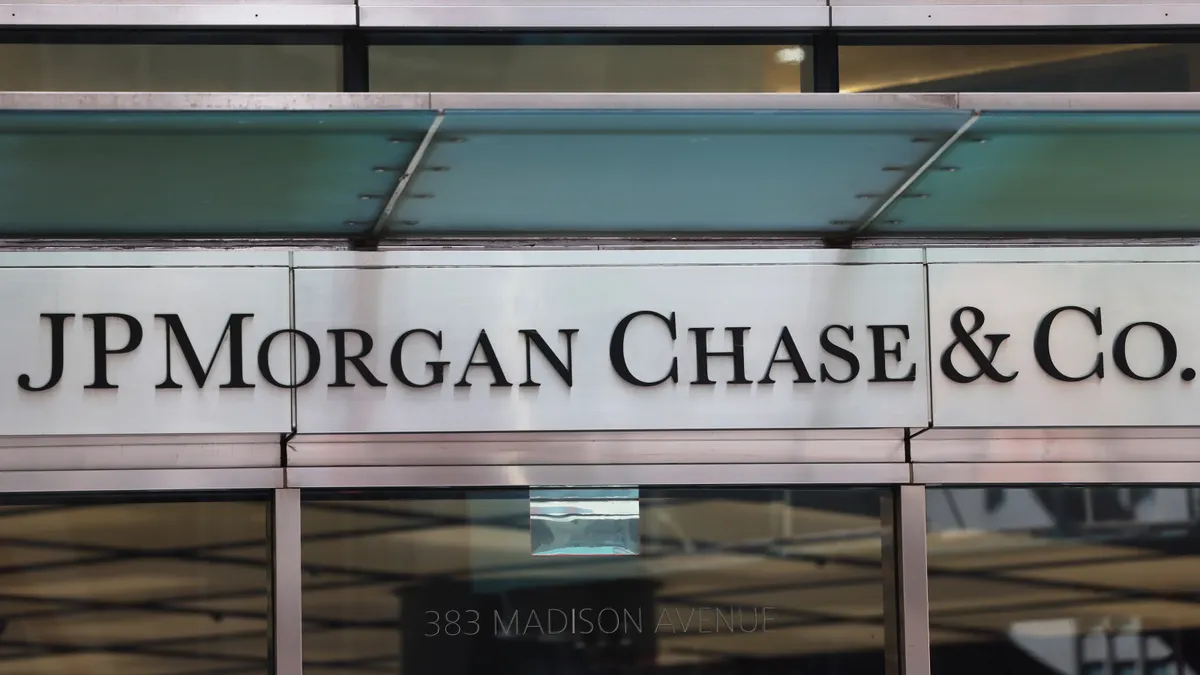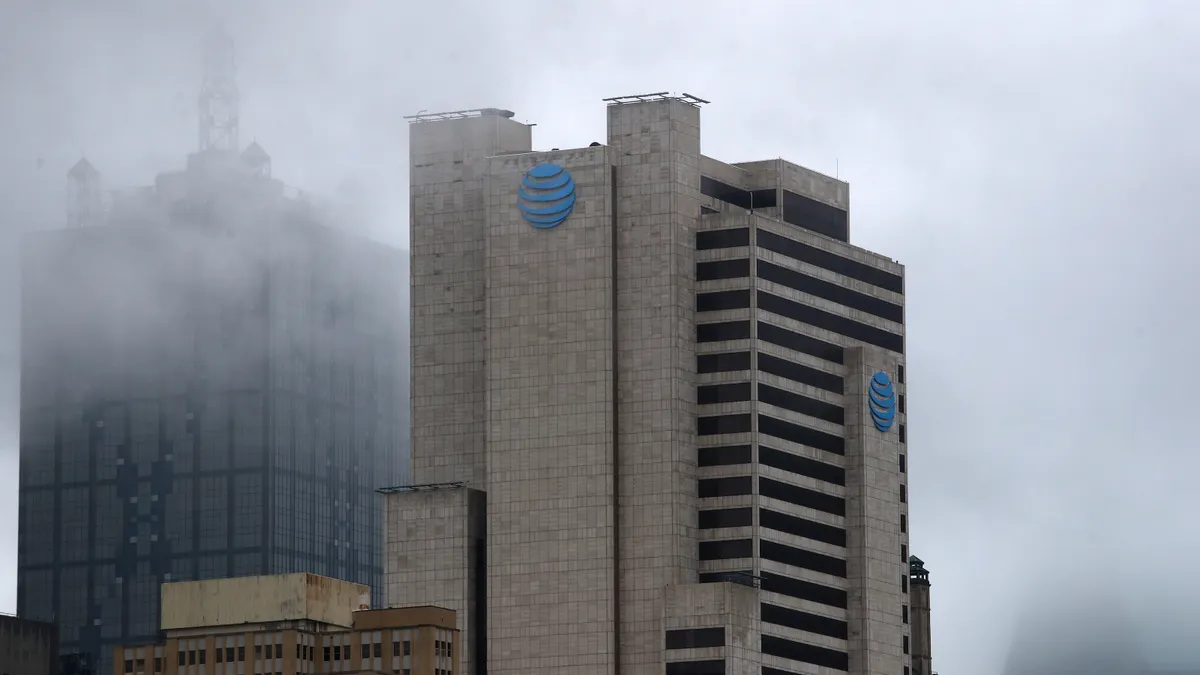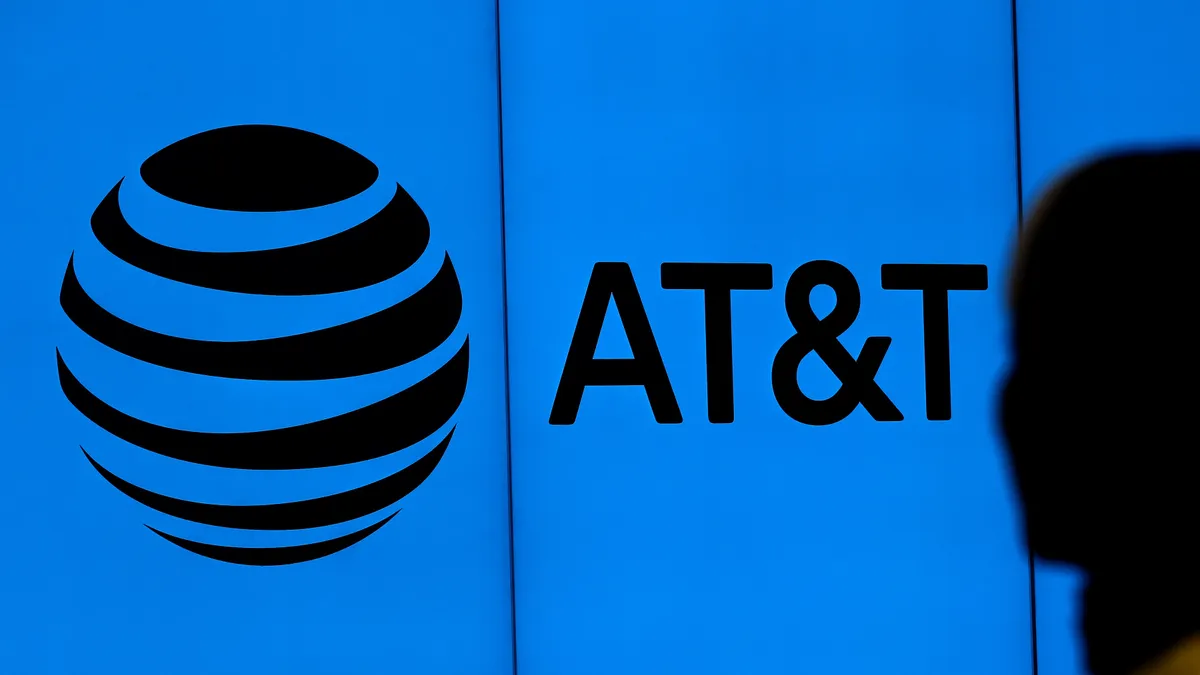Lindsay Bridges is global head of HR for DHL Supply Chain.
As businesses welcome a fresh batch of employees embarking on the early stages of their careers, they are presented with a unique opportunity to blend an array of skills, experiences, cultures and viewpoints. This diversity can significantly enhance a company’s work environment, contributing to a more dynamic, well-rounded and inclusive organization.
So, it is the perfect moment to evaluate whether your HR strategies are designed to support a multigenerational workforce and effectively integrate the energy of newcomers with the wisdom of experienced employees.
A modern workplace reality
Hiring and retaining talent across various age groups opens up new avenues for business growth. At DHL, with nearly 600,000 employees spanning five generations, we’ve witnessed firsthand how diverse teams contribute to our success in the logistics sector. Rather than viewing a multigenerational workforce as a challenge, we see it as an asset with immense potential.
For example, younger, digitally native employees are often comfortable leveraging technology, while older workers bring invaluable expertise and a wealth of experience in more traditional operational methods. When managed well, this combination can create a powerful synergy where each generation learns from and supports the other.
Logistics is a broad industry, so having a diverse team that mirrors your customer base is essential. A workforce that reflects the demographics of your clients can help you understand their needs and adapt to changing market trends more effectively.
Bridging the generational gap
It’s natural for employees from different generations to feel that they have little in common, but fostering an environment where they can appreciate each other’s strengths is crucial. Employee opinion surveys are a valuable tool for managing a multigenerational workforce, as they provide insight into the diverse needs, preferences and concerns of employees across different age groups. We have found that by regularly gathering feedback through these surveys, we can better understand what motivates each generation, identify potential areas of dissatisfaction and tailor our policies and practices to support a more inclusive and engaged workforce.
With this data, managers can make informed decisions about creating a work environment that resonates with all generations. These surveys foster a culture of transparency and trust, as employees see that their opinions are valued and that their feedback directly influences the company’s approach to workplace culture and benefits.
Understanding employee expectations
Businesses also need to consider that employees from different age groups will have different expectations and preferences when it comes to their roles and relationship with the company.
For example, Gen Z is often focused on finding employers whose values align with their own and are more likely to work for companies that prioritize social responsibility, environmental sustainability and ethical practices. This generation is driven by a desire to make a meaningful impact, both in their careers and in the world and businesses need to be considerate of that.
Meanwhile, older generations typically prioritize job security as they approach the later stages of their careers. Having already navigated various career changes, they often appreciate employers that offer a respectful work-life balance, commitment to retaining experienced workers and a stable organizational culture. Businesses need to embrace and integrate these values into their culture and operations to attract and retain top talent from multiple generations.
Fostering Relationships
Finally, for managers to effectively lead a multigenerational workforce, they must be approachable and open to employees of all ages. Regardless of career stage, creating an environment where everyone feels comfortable sharing ideas, asking questions and expressing concerns is essential.
For younger employees, this might mean offering mentorship and guidance as they navigate their early careers, while for more experienced workers, it may involve acknowledging their expertise and creating opportunities for them to contribute in new ways. Ultimately, managers who are accessible and receptive to the needs of employees across all generations can build a stronger, more cohesive team that benefits from the diverse perspectives and skills of its members.
With an aging population and a growing global labor shortage, many industries will see multigenerational teams becoming the standard. While it is easy to stereotype generations into typical behaviors, it's important not to make assumptions and to have an open dialogue to ensure that individual needs and preferences can be met as far as possible. By embracing the diverse strengths these teams offer and creating policies that make the most of this diversity, companies can tackle challenges head-on and unlock the full potential of a multigenerational workforce.


